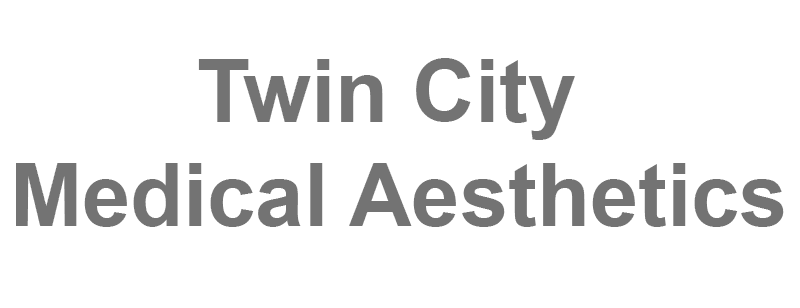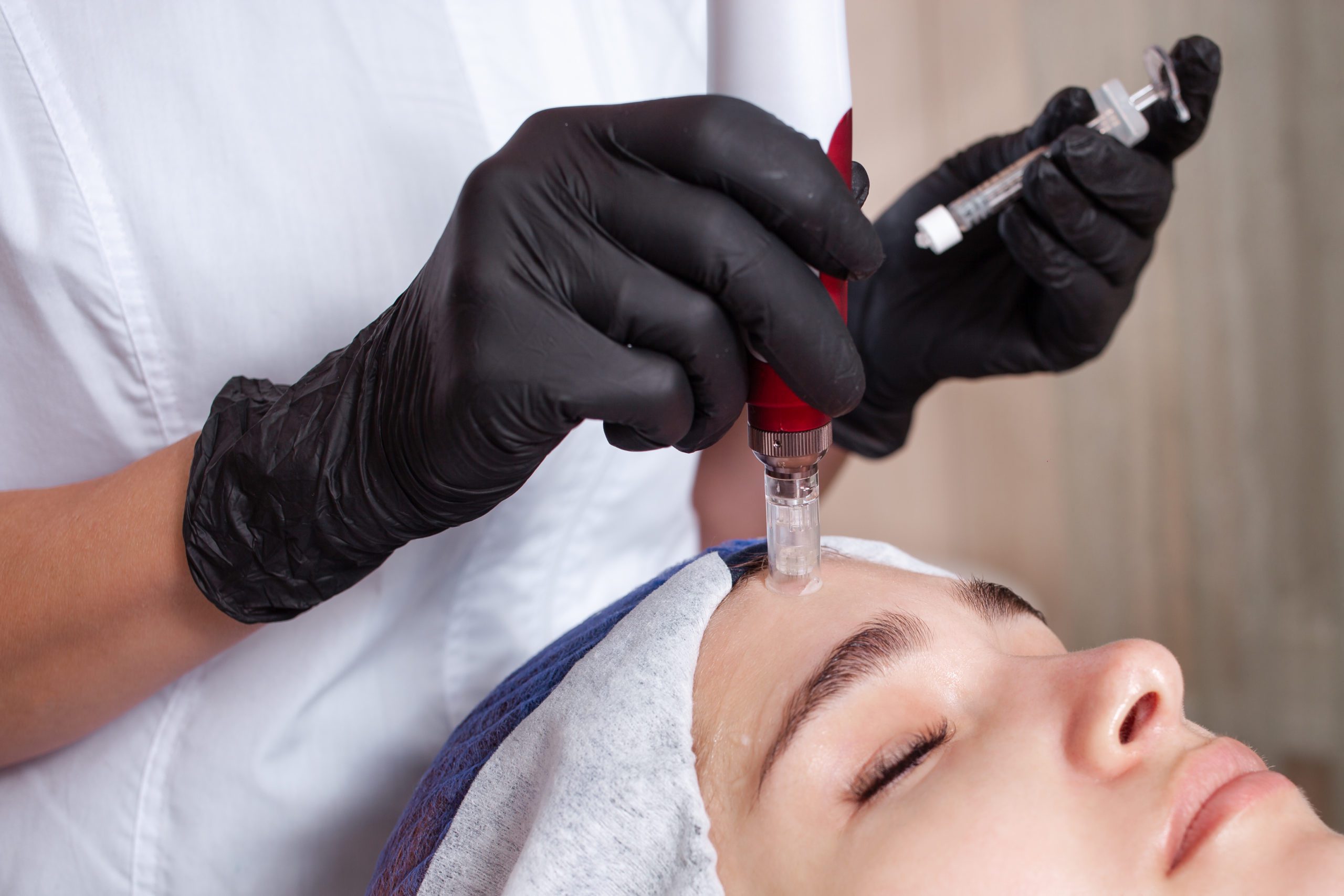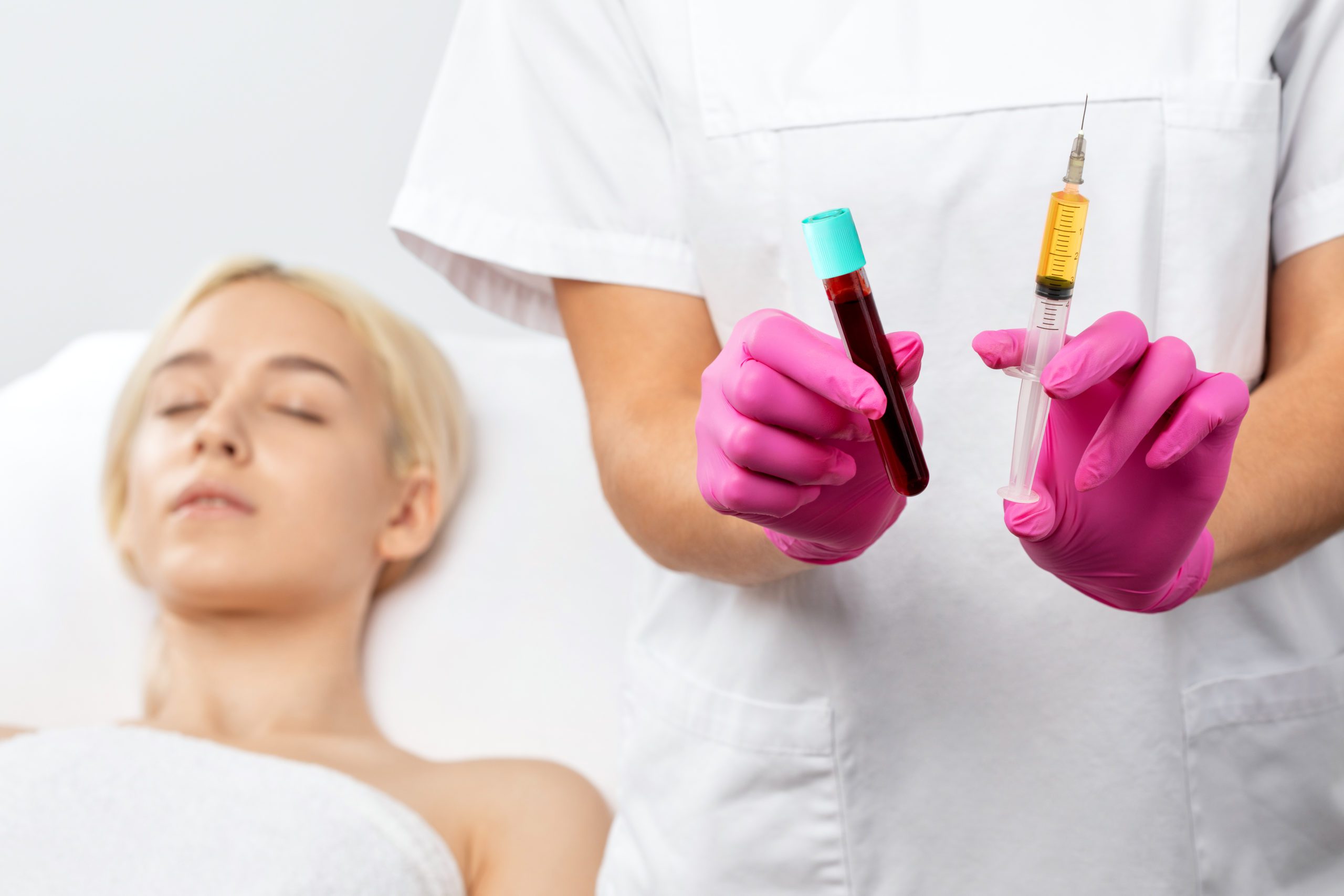Microneedling with Platelet-Rich Plasma (PRP)
How’s this different from regular microneedling?
Microneedling is a cosmetic procedure that’s primarily used to minimize the signs of aging.
During a standard session, a provider will apply a topical anesthetic to your face about 30 minutes before and then use a special device with needles to prick the skin and stimulate new collagen production. Because of this, microneedling is also known as collagen induction therapy or percutaneous collagen induction.
After the microneedling is done, the plasma will be applied to your face. The plasma will then dry. You are asked to leave the plasma as a mask on your face for about 4 hours. Need to limit and protect against sun exposure at this time.
Platelet-rich plasma (PRP), as an injection or topically, can be added to the session for an additional cost. It may improve the healing and decrease the duration of redness and swelling seen after microneedling.
Microneedling with PRP has been shown in some studies to improve outcomes in those undergoing microneedling for acne scars, but the evidence is currently inconclusive but clinical experience shows benefit.
What’s this procedure used for?
Traditional microneedling is used to treat everything from age spots and wrinkles to scarring and certain forms of hyperpigmentation. PRP may boost these effects and help you achieve your desired results faster.
Although microneedling can be used to treat scars and stretch marks on other areas of the body, most studies with PRP and scars seem to be focused on treatment of the face.
The term vampire facial is typically used to refer to microneedling with PRP used topically, afterward.
Most patients are good candidates for this type of the procedure, with few contraindications to treatment existing.
It may not be the best option for you if you:
- are pregnant
- are a smoker
- use or recently used Accutane for acne
- still have active acne resulting in new scarring
- have certain skin conditions, such as facial eczema or rosacea
- scar easily
- have a history of poor wound healing
- have undergone skin radiation in the last 12 months
Your provider will evaluate your medical history to determine if you’re a good candidate for microneedling with PRP.
How much does it cost?
Microneedling with PRP is considered an elective aesthetic procedure. Medical insurance doesn’t cover cosmetic procedures, so you’ll have to pay for the procedure out of pocket.
Twin City Medical Aesthetics charge for a microneedling treatment with PRP at around $750 per session but we offer prepay packages, so it averages out to about $600 per session.
As with other types of microneedling, you’ll need more than one treatment to see full results. Most people need anywhere from three to six sessions, with one session done about every four weeks.
How do you prepare for your appointment?
Your doctor will give you specific instructions on how to prepare for your treatment. This may include:
- No aspirin 7 days before or 10 days after and no ibuprofen 3 days before and 10 days after as they impair the healing process and decrease the chances of the PRP working
- No alcohol the night before as it impairs the platelets and other growth factors as well.
- avoiding unprotected and excessive sun exposure or tanning several weeks before and after your appointment
- drinking lots of water in the days before your appointment
- arranging a ride home from your appointment (which may not be entirely necessary but depends on how well you tolerate getting your blood drawn)
- arriving with a bare face (you may cleanse that morning, but you should avoid wearing makeup or moisturizer)
What to expect during your appointment
Before
Arrive at your provider’s office at least 15 minutes before your appointment. This will give you time to finish up any last-minute paperwork or payments.
After cleansing your skin, your provider will apply a topical anesthetic. This will need to set for at least 30 minutes before microneedling begins.
During
The actual procedure involves two steps. The microneedling portion lasts about 15-20 minutes, depending on the areas treated. During this time your doctor will use an FDA-approved microneedling device on the desired areas on your face.
A syringe of blood will be drawn, usually from your arm, while your face is numbing. The blood is then put into a centrifuge, which separates the PRP from other components of the blood.
The PRP solution is then massaged into the treatment area. The microneedling treatment creates small controlled micro punctures in the skin, allowing for penetration of the PRP.
In the past, PRP has been injected into the skin, but it’s becoming more of a common practice to use it along with microneedling.
After
The plasma will then dry. You are asked to leave the plasma as a mask on your face for about 4 hours. You need to limit sun exposure at this time.
Unless an adverse reaction occurs, you’re free to go home at this point. Although many people are comfortable enough to drive home, arranging a ride home in advance can help alleviate any uncertainty.
Potential side effects and complications
Bruises and inflammation, including swelling and redness, are the most common side effects. They typically appear immediately after the procedure and clear within four to six days.
You’ll also want to avoid sun exposure and harsh skin treatments during this time. It’s important that you don’t rub or pick at your face. Sun protection is also very important.
The good news is that PRP contains your own blood, so there’s little chance of cross-contamination or infection. Rare, but serious, complications include infection and scarring.
If you have a history of herpes simplex, or cold sores, it’s also possible that you may have an outbreak from having this procedure done. Let your provider know if you’ve ever had cold sores.
What to expect during recovery
Recovery for this procedure is relatively minimal. You can go back to school or work the next day if you wish.
There may still be some redness and other signs of minor irritation, but you’ll want to avoid applying too many products to your skin.
Simply cleanse once a day and moisturize with an SPF containing moisturizer as needed. If desired, follow with a lightweight foundation or powder to minimize redness. We also have skin care products available that pair well with patient getting a PRP facial.
You’ll want to avoid alcohol-based products and exfoliants during the recovery stage. Proper sun protection is also very important.
Until your skin has completely healed, avoid rigorous activities that might cause excessive sweating and heat production. Examples include running, playing tennis, and heavy workouts.
Sweating may cause additional irritation, and rigorous activities may increase the risk of swelling or bruising. This usually should be avoided for at least 72 hours after your treatment.
When will you see results?
Using PRP alongside traditional microneedling treatments may improve the scars on your face.
More studies need to be conducted on the utility of PRP and microneedling. It’ll likely take several treatments to see results. Most people see some changes after the 1st, but these are usually subtle. More changes to the fine lines and age spots will be noticed by the 3rd treatment.
After you finish your course of treatment, you may need to follow up with your provider for potential maintenance, depending on the indication for your treatment. It is up to you and the look you want. Some people prefer to stop after the 3, others want treatments monthly to continue but most do well with 1-3 month apart repeat treatments for maintenance.
If your doctor determines that you need a maintenance session, be prepared to spend the same amount per session as you did for your initial treatment.
What you should do if you’re interested in microneedling with PRP
Your first step is to schedule a consultation. At this point, you’ll want to ask them questions you have about the procedure, as well as discuss any associated costs.
Once you start undergoing treatment, you’ll need to follow your provider’s instructions for each session. The treatment sessions are usually spaced out a few weeks apart. Skipping sessions will ultimately curtail the anticipated results.
You’ll also want to touch base with your doctor if any unusual side effects develop post-treatment. Seek immediate medical attention if you develop excessive bleeding, swelling, or signs of an infection.


